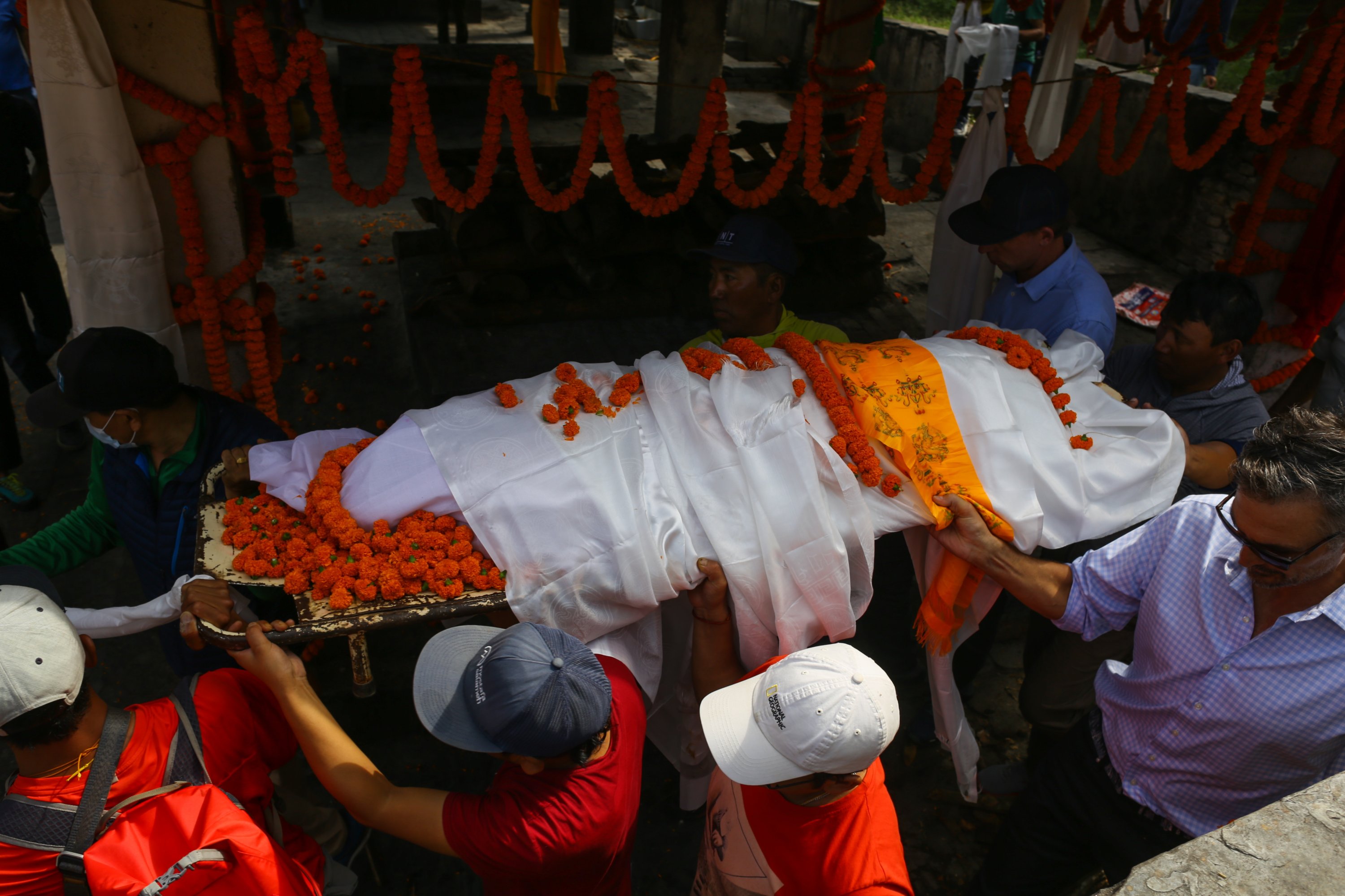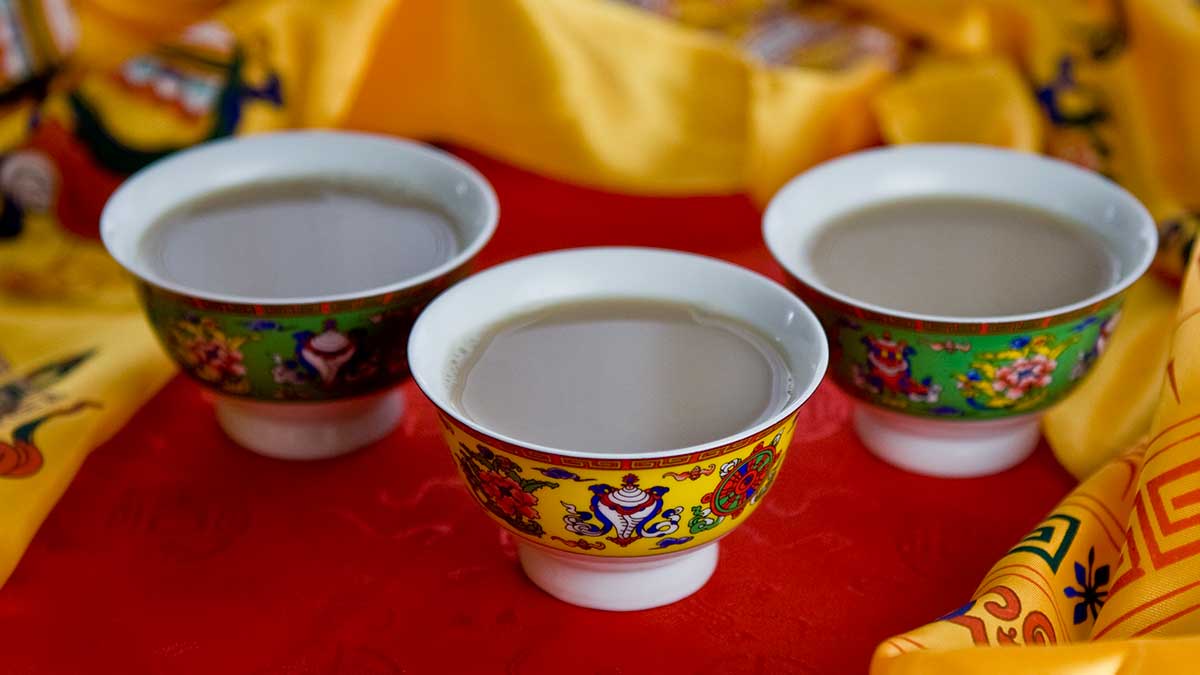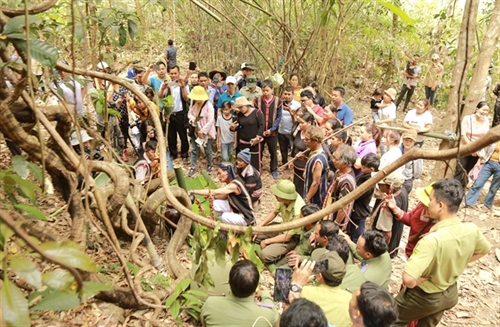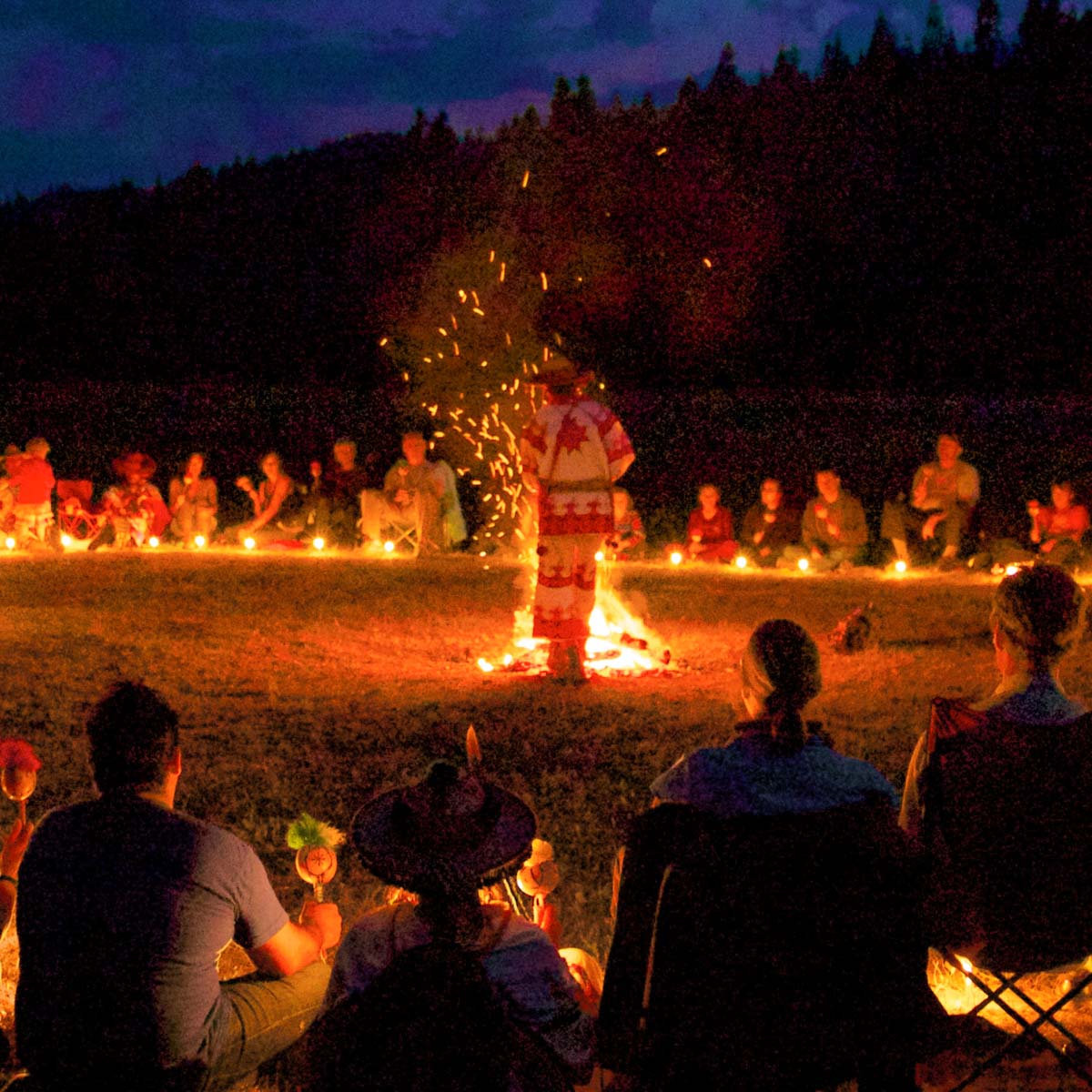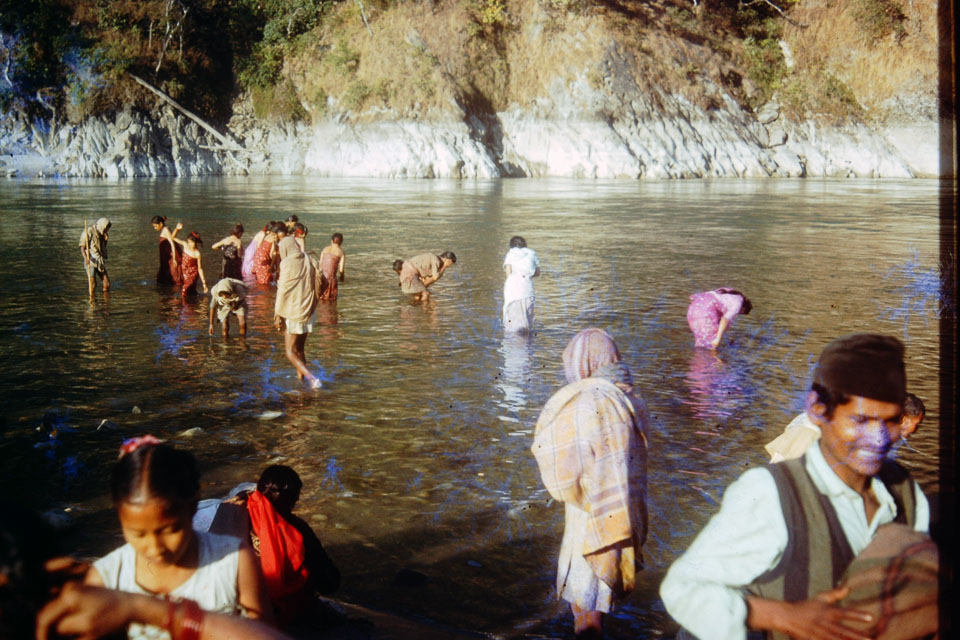Share this Article
Nepal, a land of rich culture and diverse traditions, celebrates various rituals that hold deep meaning within its society. One such celebration, Ratyauli, stands out for its uniqueness and significance. This vibrant and jubilant event is an integral part of Nepali wedding ceremonies, particularly in the Terai and hill regions, where family bonds and customs are deeply revered. The tradition of Ratyauli is not just about the joyous singing, dancing, and festivities but also serves as a symbolic gesture of the bride’s transition from her parental home to her new life with her husband. It is an event that celebrates women, community, and cultural heritage, and continues to hold a special place in the hearts of Nepali people.
What is Ratyauli?
Ratyauli (Nepali: रत्यौली) is a traditional Nepali celebration held the night before the bride’s departure to her new home, or sometimes after the wedding ceremony. It is a fun, women-only event that involves singing, dancing, and playing games. The gathering of women, ranging from the bride’s relatives to friends, allows them to come together and express joy, laughter, and excitement during this life-changing moment for the bride. Traditionally, only women participate in Ratyauli, while men are strictly prohibited from taking part in the festivities.
What sets Ratyauli apart from other wedding rituals is the focus on the bride and her journey as the bride prepares to leave her parental home, the women sing folk songs that reflect the many emotions involved in her transition—from the happiness of marriage to the sadness of parting from her family. It is an intimate yet exuberant gathering where songs, dances and playful teasing create a lively atmosphere and through these festivities, the bride is both honored and welcomed into her new life.
The Spirit of Ratyauli: A Celebration of Womanhood
At the heart of Ratyauli is a celebration of women. It is an opportunity for female relatives and friends of the bride to come together, sing, dance and have fun while expressing their feelings about the bride's new life. This celebration brings women of different generations together, passing down cultural traditions, folklore, and songs. The role of women in Nepali culture has often been a topic of discussion but Ratyauli offers an empowering space where women can assert their cultural identity, enjoy their time, and celebrate the joy of their collective community.
As the night of the wedding approaches, Ratyauli marks an important ritual in the emotional journey of the bride. The event allows the bride’s family and friends to celebrate her life, her beauty and her transition to married life. The women gather to sing songs that convey various emotions, from excitement and humor to heartfelt blessings.
Ratyauli: A Symbol of Farewell and Blessings
The Ratyauli celebration is performed in three distinct phases, each serving a different purpose in the grand narrative of the wedding. These phases narrate different stages of the wedding from the arrival of the groom to the departure of the bride to the final moments when the couple is blessed and sent on their way to their new life.
Phase One: Anticipation and Farewell
The first part of the Ratyauli celebration is filled with anticipation as the bride’s family prepares for the arrival of the groom’s party. This phase is primarily about the excitement and emotions that come with the bride’s departure from her home. The women sing songs that depict the lead-up to the moment when the groom arrives to take the bride. These songs reflect the pride, joy, and sometimes sadness the bride’s family feels as they prepare to send her off to her new home.
The songs during this phase often describe the virtues of the bride, highlighting her beauty, character, and qualities that make her an ideal partner for the groom. The lyrics speak of the love the family holds for the bride and the bittersweet emotions of letting her go. There is a strong sense of joy, mixed with the sadness of her departure from the family home. The songs may also express the hope that the bride’s new family will take care of her and ensure her happiness.
In some parts of Nepal, the lyrics might also contain light teasing or humor, playfully addressing the bride's new journey and her relationships with her in-laws. These songs, often sung in a lively tone, capture the excitement of the ceremony while offering blessings for the bride’s future.
Phase Two: The Union of Families
The second part of Ratyauli begins once the marriage ceremony has been completed, and the bride prepares to leave her parental home and move to her new life with her husband. This phase of the celebration is marked by songs that focus on the union between the two families. The songs describe the bride's journey from her family’s home to that of the groom’s, and the beginning of the new life that she will have in her husband’s household.
It is during this phase that the songs sometimes contain more explicit or humorous content, which adds a sense of fun and mischief to the event. The lyrics might tease both the bride and the groom’s families, celebrating the merging of two families through marriage. The women sing of the bride’s role in her new home and the relationship she will have with her in-laws. These playful songs reflect the excitement of the transition while also acknowledging the change the bride is undergoing as she enters into her new life.
While the songs may be more teasing in nature, they are also expressions of joy and humor, bringing lightness to what could otherwise be an emotional and bittersweet time for the bride. The laughter and playful teasing in this part of Ratyauli serve as a way to celebrate the bride's strength and the exciting new chapter of her life.
Phase Three: Blessings for the New Couple
The final part of Ratyauli is centered around the best wishes and blessings for the bride and groom. This phase of the celebration includes songs that express hopes for the couple’s future happiness, health, and prosperity. These songs are filled with well-wishes from the bride’s family and friends, who pray to gods and goddesses to ensure the couple’s success in their marriage.
The mood in this phase is joyful and uplifting, as the community comes together to shower the couple with blessings for a happy, harmonious life. The songs also highlight the importance of love, mutual respect, and understanding in a marriage, and the women sing to express their hopes that the couple will experience lifelong happiness together.
While the mood remains celebratory, there is a sense of spiritual depth to this part of the event, as the women express their wishes for the couple’s journey in marriage to be blessed by divine forces. This section concludes the Ratyauli celebration with an air of positivity and hope for the future.
The Evolution of Ratyauli: From Tradition to Modernity
While Ratyauli has long been celebrated in traditional, intimate settings, the way it is observed has evolved over time, historically the celebration was held within the confines of the bride’s home, with only a small group of women coming together for the night’s festivities. However, in recent years, the event has expanded to larger gatherings, sometimes even taking place in public spaces, such as community halls or banquet centers.
The rise of urbanization and modernization has brought about changes in the way Ratyauli is celebrated, especially in metropolitan areas. In some cases, men are allowed to attend the event, and the focus may shift slightly to include a wider audience; some families now opt for more formalized celebrations, with professional performances of folk songs and dances. These changes reflect the evolving nature of Nepali society, where traditions are adapted to suit contemporary life, yet the essence of Ratyauli the joy, celebration, and respect for women remains intact.
In some cases, Ratyauli has been integrated into the larger wedding celebrations, blending with other cultural events such as the sangeet and mehendi ceremonies yet, it is important to note that while the venue or the participants might change, the spirit of Ratyauli remains unchanged focused on the bride’s transition, the celebration of womanhood, and the joy of family and community.
Ratyauli in the Context of Nepali Culture
Ratyauli is more than just a fun celebration, it serves as a reminder of the cultural importance of marriage in Nepali society. It represents the unity of two families, the bond between a bride and her in-laws, and the role of women in upholding and passing on cultural traditions through songs and games. Ratyauli teaches younger generations about their heritage, helping them connect with their cultural roots.
It also highlights the role of women in Nepali weddings, not just as participants in the ceremony but as active contributors to the cultural narrative. In a society that often places emphasis on traditional gender roles, Ratyauli stands as an event that celebrates women's strength, joy, and creativity.
Conclusion
Ratyauli, a celebration that lives on with its spirited songs, dances, and games, is much more than a traditional event. It is a powerful cultural symbol of unity, joy and the importance of family bonds. It highlights the significance of women in Nepali culture, providing them with a space to express joy and excitement during one of the most significant events in a person's life. As times change, Ratyauli continues to evolve, but its core message remains the same to celebrate the bride’s transition, the unity of two families and the blessings for the couple’s future.
Whether it’s celebrated in the intimacy of a village home or in the grandiosity of a modern hall, Ratyauli stands as a reminder of the enduring strength of cultural traditions and the joy of community celebrations. It is a living tradition that has stood the test of time and continues to bring people together, uniting them in song, dance, and celebration of love.
Categories:
Culture & Traditions
Tags:
RootsOfCelebration
,
NepaliWeddingJoy
,
CulturalBeatsNepal
,
HeritageInRhythm
,
MelodyOfMarriage




